Camila Cardeñosa is one of our wonderful collaborators who gives their time and expertise to support the DesignbyWomen platform. She’s spent the last four months curating and writing a series of exciting new articles focused on the work of Hispanic women designers. It’s an inspiring initial lineup that she plans to build on in the future, which includes the Yarza Twins, Laura Meseguer, Josefina Hernalz from Un Barco Studio and many more…
Based in Bogotá in Colombia, Camila is a talented graphic designer in her own right, with over ten years’ experience specialising in editorial and way-finding design. We felt the best way to start this amazing series would be finding out more about Camila’s story and why she reached out to support other female designers.
Initially Camilla wanted to pursue a career in photography but since there were no degree level photography courses in Colombia at that time, she turned to graphic design as a route into the medium. Along the way she fell in love with typography and composition and as she tells us, “became passionate about letters, their shape, and the power they have to convey a message beyond the written word.”
She started her career working with one of her university tutors, Arutza Rico, who was setting up a studio at the time. She then moved onto to La Silueta, one of Colombia’s top design and publishing studios specialising in cultural projects. During her time at La Silueta, Camila learnt primarily about making books and exhibition design, working on important projects such as the Gold Museum in Bogotá, and the Macondo pavilion during the International Book Fair held in the city. After five years at the studio, she took a career break, and completed an MA degree in Visual Communication at Central Saint Martins in London. She describes this as an inspirational time that introduced her to new ways of working and where she developed her visual style.
After spending another five years at La Silueta, Camila decided to set up as a freelance designer. In the years since going freelance, she has taken the opportunity to develop her own practice with her client work still primarily focused on editorial and cultural projects. Collaboration is very important to her and she regularly works with editors, illustrators, art directors and designers on a wide range of projects including, beautifully produced books and exhibition design.
The idea of showcasing and supporting the work of women in design appealed to Camila’s belief in collaboration and she approached DesignbyWomen last year to see if she could contribute. We were really excited to have the chance of working with her. She decided to focus on Hispanic women based in Latin America or Spain, and as she tells us, “I saw the opportunity in DesignbyWomxn to highlight and applaud them. That is why I proposed the idea of a series in which language was not a barrier. I think we all feel more comfortable expressing ourselves in our first language and that is why all my interviews were conducted in Spanish and then translated into English.” She also tells us that it has, “been an incredible experience to meet all these women and I hope that through the interviews I can highlight some of the inspirational work created by Hispanic women.”
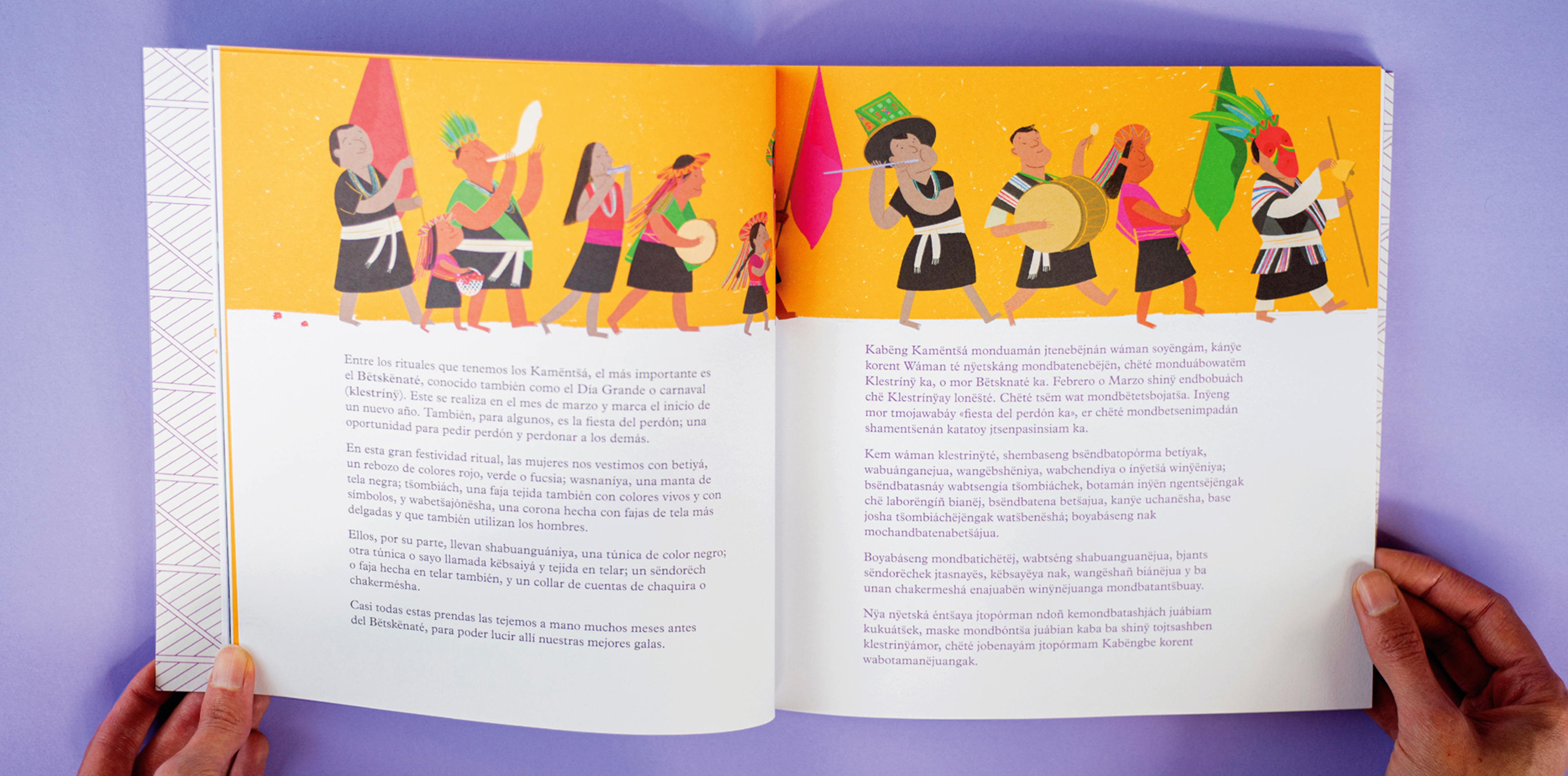
We chatted with Camila to find out more about her thoughts on gender inequality and the insights she’s gained talking to other Hispanic women working in design.
When did you realise that you were interested in design and wanted to work as a designer?
When I graduated from high school, I didn’t know what to study. I was interested in photography, but at that time there was no degree course in photography in Colombia and my only option was to study abroad. I was lucky that my parents did not pressure me to study something immediately after finishing school. I took a six-month break and then enrolled in an undergraduate program in graphic design. I thought that this course would give me the skills to later pursue an MA degree in photography. But when I took the courses on typography and composition I fell in love with the design field. During those courses I became passionate about letters, their shape, and the power they have to convey a message beyond the written word. In the end, I followed the advice of my parents in that every day I work on something I love.

Can you tell me about your career so far?
As soon as I completed my undergraduate degree, I started working with Arutza Rico, one of my professors at the university who was starting her own design studio. Working with her taught me how to create professional design projects. After a year, I left and began to work at La Silueta, a design studio and publishing house in Bogotá. At that moment, most of the country’s cultural projects were designed at La Silueta. I worked there for 10 years. Juan Pablo Fajardo and Andrés Fresneda, the creative directors, taught me all about making books and exhibition design. Together we designed important projects, such as, the Gold Museum in Bogotá and the Macondo pavilion for the International Book Fair in Bogotá, which was a tribute to Gabriel García Márquez and his book One Hundred Years of Solitude.
After 5 years working at La Silueta, I took a break and moved to London to study for an MA degree in Communication Design at Central Saint Martins. This experience opened my eyes to a new opportunities and strengthened my passion for graphic design. Sharing ideas with talented people from other cultures and seeing how they solved design tasks, was the most valuable part of my time in London. When I moved back to Bogotá, I returned to work at La Silueta for another 5 years.
Three years ago, I decided to become a freelancer. La Silueta, where I learned to be a designer, is like my home. But like every good daughter, I had to leave home to face the world alone and luckily, I have done very well. Today I continue to design books and I’m involved in different cultural projects.
Why did you initially approach DesignbyWomen and want to be involved?
The first I heard about DesignbyWomen, was from my friend Tomomi Maezawa. Her work was shown on the Instagram feed and from then I started following the account. The idea of being able to show and support the work of women in the field captivated me and I wanted to find a way to contribute. In Latin America and Spain there are lots of women of great talent, and I saw the opportunity in DesignbyWomen to highlight their accomplishments. That is why I proposed a series of interviews with Hispanic designers, where the language was not a barrier. Most of us feel more comfortable expressing ourselves in our mother tongue. That’s why all the interviews I did were in Spanish which I then translated into English. Most of the conversations were planned to last 30 minutes but in almost all of them we ended up chatting for an hour. It has been an incredible experience to meet all these women and I hope that with these interviews I can the wonderful work that Hispanic women create.
“The idea of being able to show and support the work of women in the field captivated me and I wanted to find a way to contribute. In Latin America and Spain there are lots of women of great talent, and I saw the opportunity in DesignbyWomxn to highlight their accomplishments.”
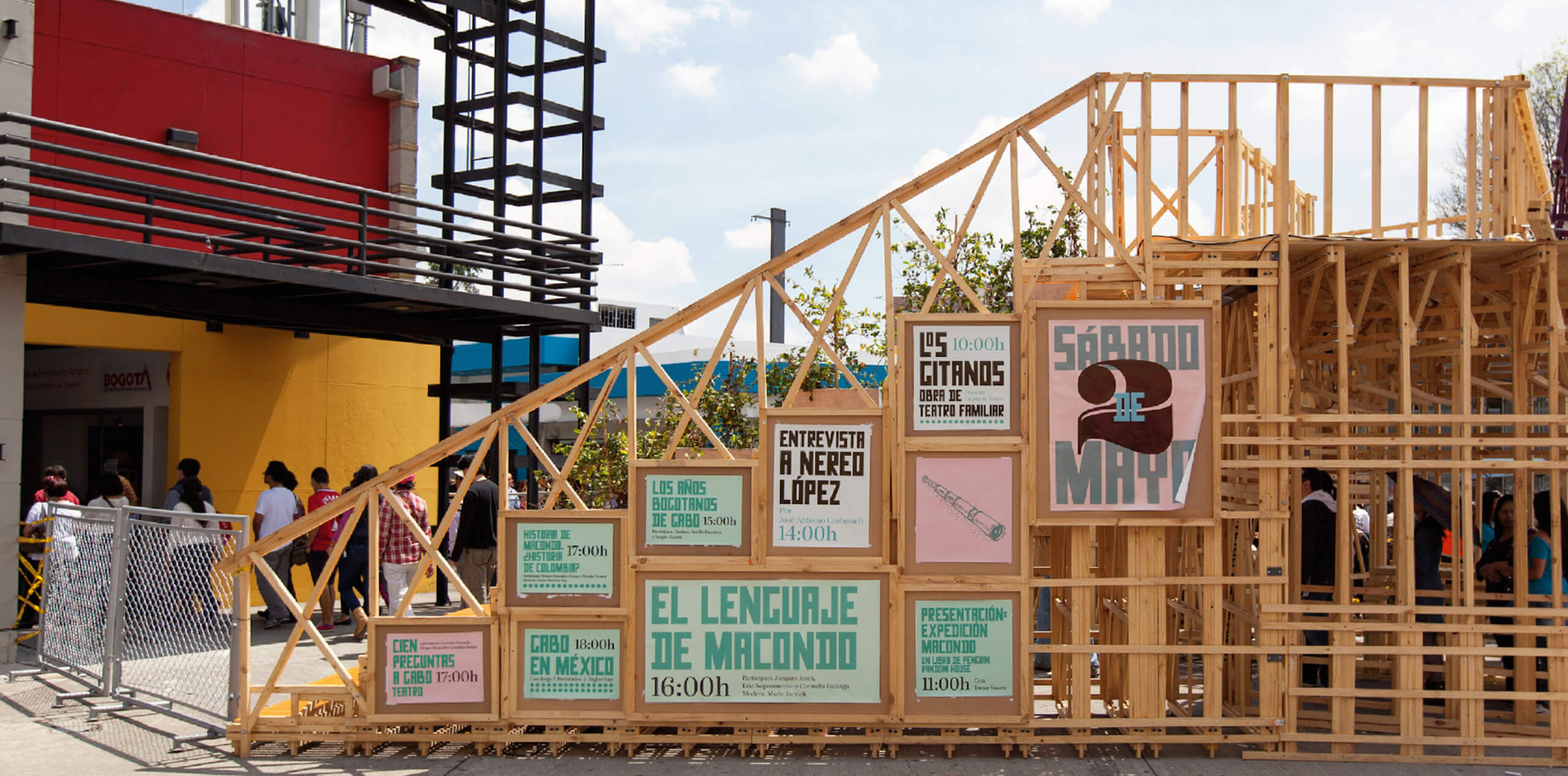
Have you gained any insights around women working in the design industry through these interviews?
In each of these conversations I felt like I was talking to a friend. With most of the women I interviewed, I discovered that we had the same fears and uncertainties. By sharing and talking about our experiences these feelings become less significant. For instance, it surprised me that most of us suffer from imposter syndrome at some point – I thought I was the only one! We all feel insecure about our talent at times and this creates unnecessary anxieties. We are all very talented and sometimes we need an outside voice that reminds us of that. I think designers are often perfectionists and that adds to the pressures. I also discovered that many of us feel there is still gender inequality in the design industry but that this imbalance is getting smaller and that we as women need to come together and work to close the gap. There are more spaces, such as DesignbyWomxn, where we can stand out and celebrate our talent. We need to make ourselves visible and create a strong voice in the industry. I think we are creating history and hopefully in future books about the history of graphic design will feature more women.
Do you have thoughts on how we can counteract the gender imbalance in the creative industries, particularly in senior roles?
I believe that bit by bit this imbalance is being shifted. Inspirational women like Veronica Fuerte, from Hey Studio or Marina Willer and Paula Sher from Pentagram, among many others, have opened the doors to the next generation of female designers. I feel that these women are influential for both men and women, not necessarily because they are women, but because of their immense talent. The road has been long, but I think the future looks promising. If we support each other our voices will be heard and we will achieve those senior positions that have previously only been held by men.
One of the last questions I asked all the women I interviewed was to recommend other inspirational women in the design industry. This has expanded my knowledge of other women designers who run their own studios and are becoming influential industry leaders. We are getting there, step by step. As the famous saying goes: ‘The future in female’.
“Inspirational women like Veronica Fuerte, from Hey Studio or Marina Willer and Paula Sher from Pentagram, among many others, have opened the doors to the next generation of female designers. I feel that these women are influential for both men and women, not necessarily because they are women, but because of their immense talent.”
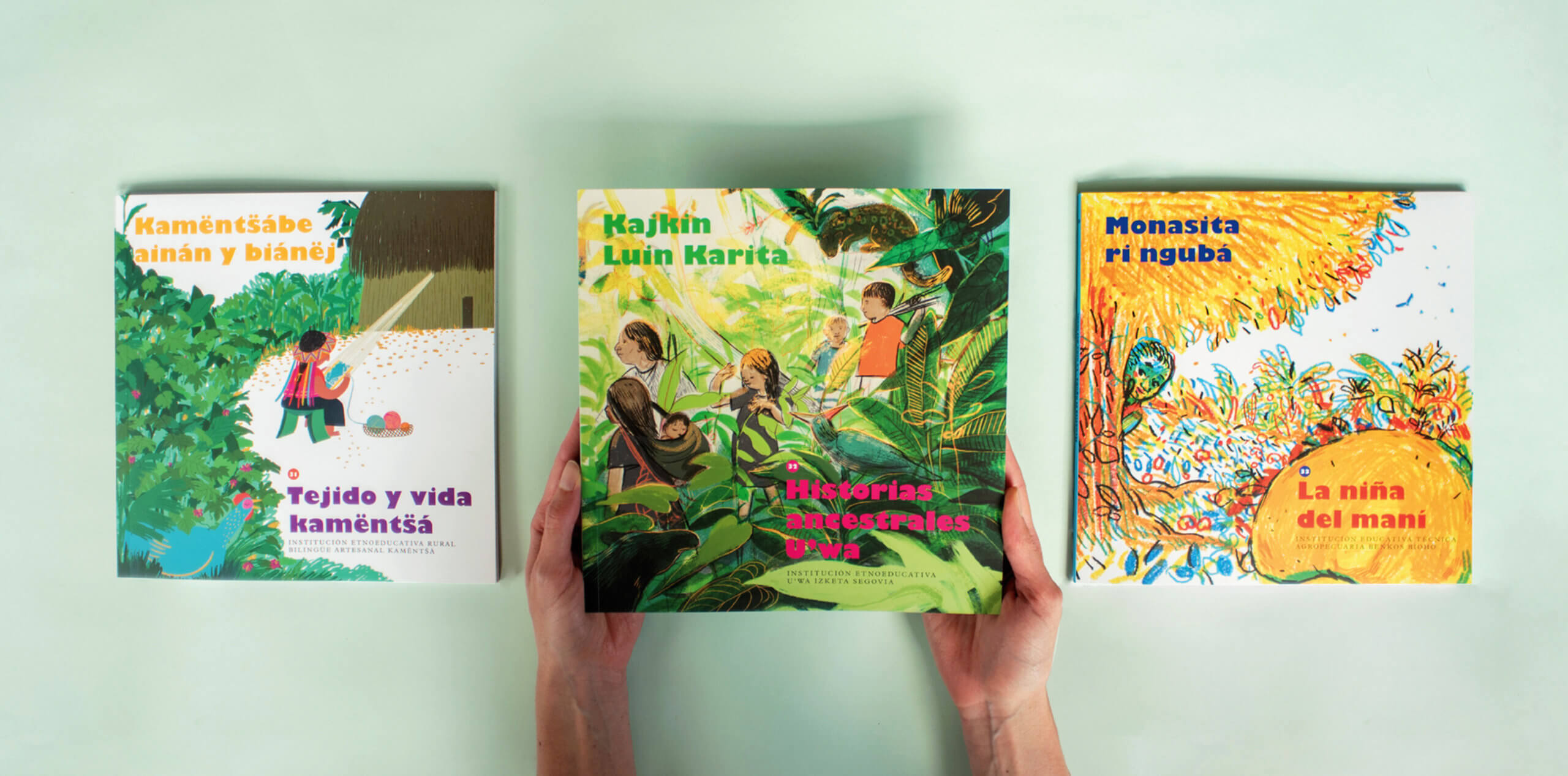
What do you enjoy most about being a designer?
To collaborate. In all the projects I have worked on, collaboration has been the key to success. I have had the opportunity to work closely with authors, artists, editors, illustrators, photographers, printers, and architects, indeed with many people from different experiences and disciplines. Being able to always work as part of a team on different topics has helped me grow as a designer and in more personal ways.
If you could go back and start over, what advice would you give to your young self?
To trust more in my instincts and abilities. Many times, I experienced self-doubt and I believe I lost opportunities because of this. Also, to enjoy the journey. Andrés, my ex-boss, told me this many times and I didn’t realize how important it is until now.
Many people in the creative industry suffer from imposter syndrome and doubt their abilities. Have you experienced this and how do you handle it?
Quite often. It is one of my great weaknesses and I have not yet learned to fully handle it. In recent months when I have been busy with work, I have realized that when I trust my instincts more, and have no time for doubt, I have done quite well. However, at times I have that “devil” in my head telling me that what I’m doing is just not good enough. I would love to find the recipe to stop this feeling and enjoy full confidence in my abilities.
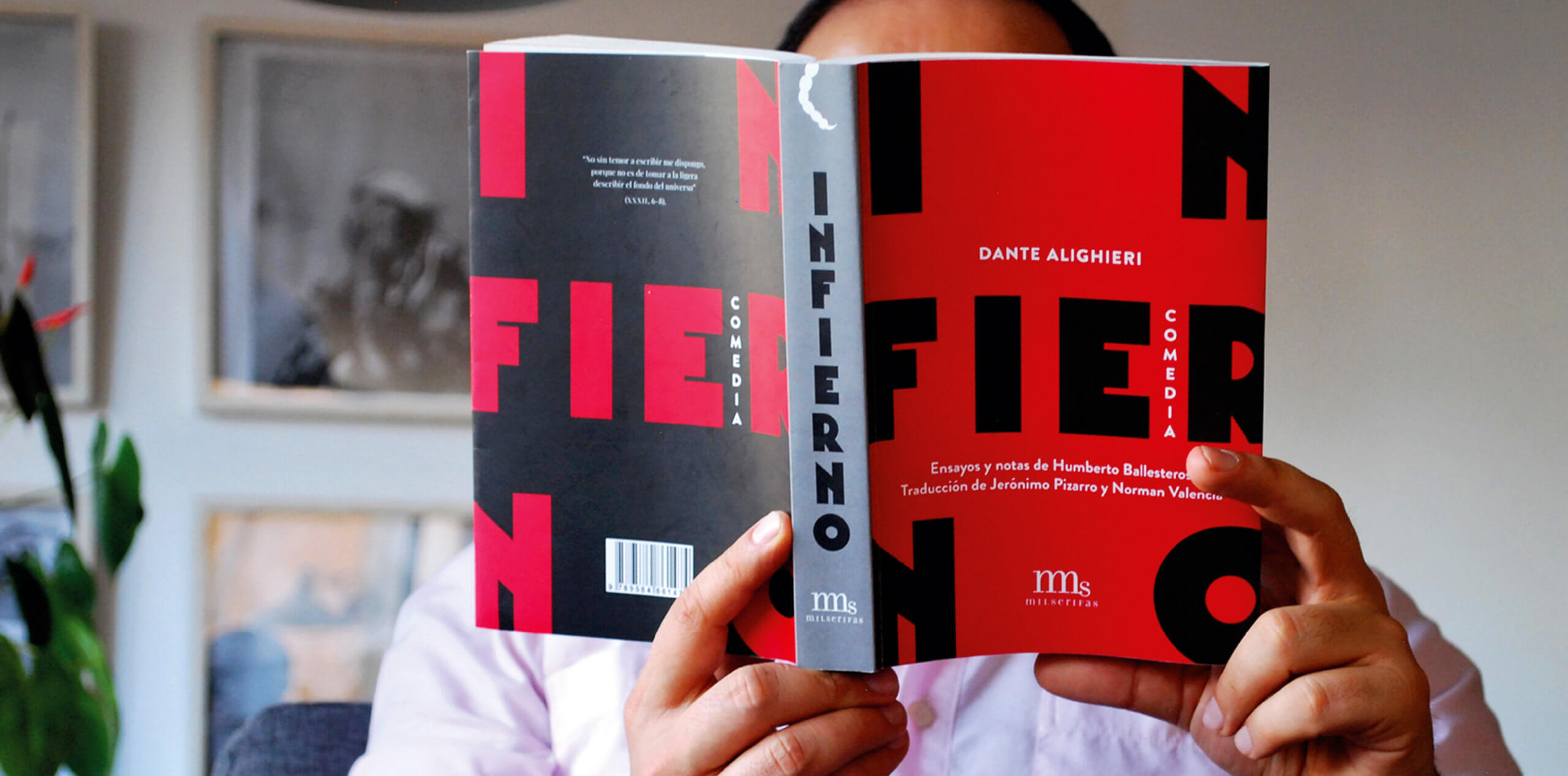
How do you get inspired? What are the first steps to start a new project?
My husband says walking in the city with me is an advanced degree in patience because I stop every two meters to attend to every detail I come across. The colour of a door, the typography of the neighborhood store, the texture of a flower, and even the letters and patterns in the sewerage locks of a city. I am always observing things carefully because that’s where the best ideas come from. I also like to look at bookstore windows and attend to book covers. I always find some interesting covers that inspire me.
Have you had a female role model, or a woman who has accompanied you on this path and helped you grow in your career?
I come from a family where women are very important. My mom and my aunts have always been a point of reference for me. My mom is the greatest example. She’s a hard worker and always goes the extra mile. I think that watching her work and seeing how she copes with her job has been invaluable.

What advice would you give to women who are currently thinking about starting a creative career?
Never stop studying and learning. Although it sounds like a cliché, I believe that a creative career is a way of life, and you always have to be actively learning new things for creativity to flow. The more one learns about a variety of topics, the more tools one begins to have to solve design problems.
Today I read a quote from the nun Sister Corita, which I think sums up my advice: “The process is about teaching, learning, growing, and doing things to make the world a better place. Whether that world is within you or is as big as infinity.”
Where do you see yourself in 5 years?
I hope to be a mom and achieve a balance between my work and motherhood.
What designer, artist, photographer, creative inspires you?
I love Marina Willer and her personal projects. Now she is collecting stones and dry tree branches. She paints them in bright colours giving them another meaning. So beautiful.
I also love and admire Morag Myerscough, her colours and her large-scale work. When I was studying for my Masters degree she was a great inspiration. One of her projects that I like the most was the one she did for a children’s hospital. I find it inspiring that through colour and graphics, she was able to change the perception of a place as scary as a hospital and turn it into a happy and secure environment for children.
Finally, by writing and conducting this series of interviews, I have met incredible women who have inspired me deeply. Hopefully those who read the interviews get as inspired with their work as I have.
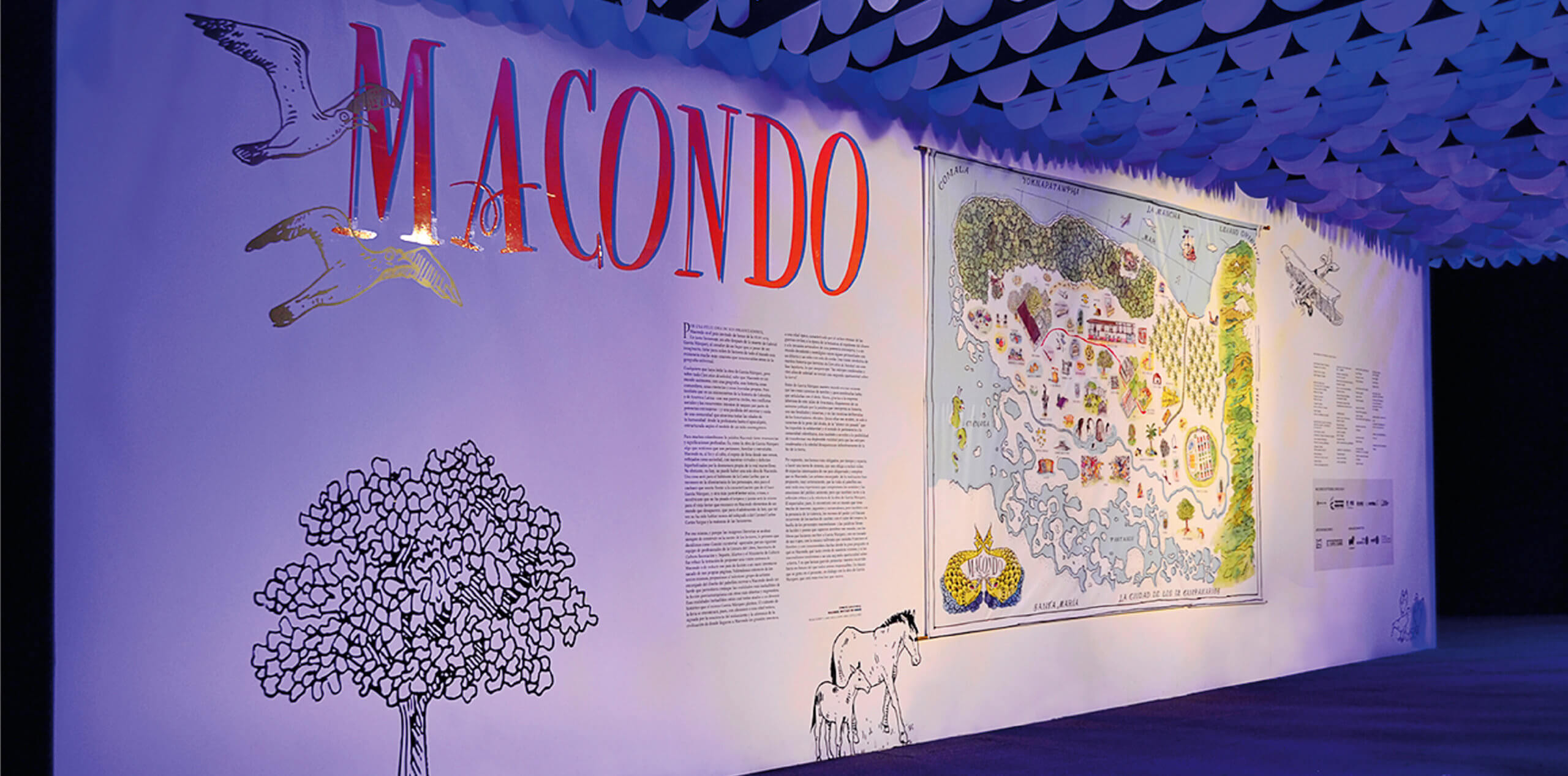
Finally, can you recommend three creative women whose work you find inspirational.
The Women from Apfel (A practice for everyday life). They have such inspiring work.
Elaine Ramos, an editorial designer from Brazil. She also works on cultural projects.
Alejandra Quintero, a Colombian photographer. At the moment she is working on a personal project, Balnearios, that is a tribute to all human bodies.
